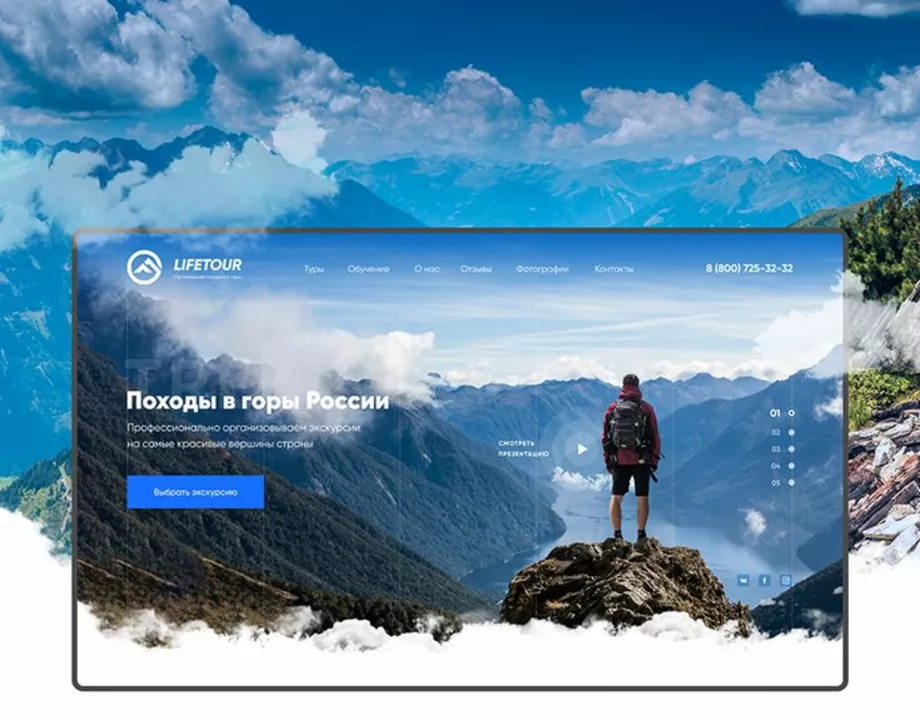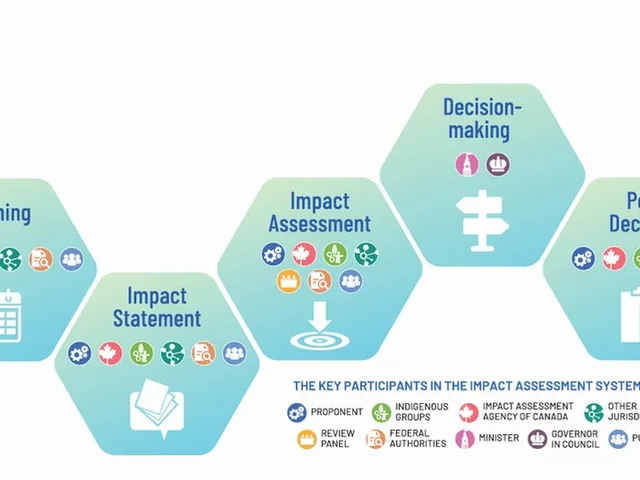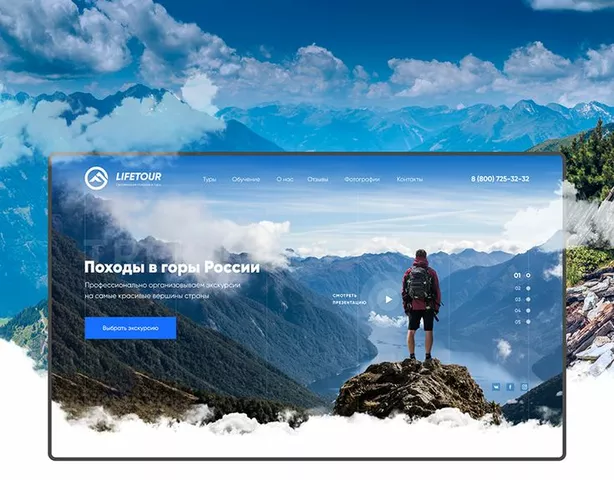How can we create a tourism website?

Step-by-Step Guide to Building a Tourism Website
Creating a tourism website requires a lot of planning and organization. It is important to consider the needs of the target audience, the purpose of the website, and the overall design of the website. In this step-by-step guide, we will look at all the necessary steps needed to create a successful tourism website.
Step 1: Choose a Domain Name
The first step to creating a tourism website is to choose a domain name. The domain name should be easy to remember and should be related to the purpose of the website. It is important to choose a domain name that is catchy and will be easy for potential customers to remember.
Step 2: Choose a Web Host
The second step is to choose a web host. A web host is a service provider that provides the necessary resources for your website to be accessible online. When choosing a web host, it is important to consider factors such as the cost, reliability, and customer service.
Step 3: Design the Website
The third step is to design the website. This involves creating a layout, selecting a color scheme, and adding images and videos. It is important to ensure that the design of the website is attractive and eye-catching. It should also be user-friendly and easy to navigate.
Step 4: Create Content
Once the website has been designed, it is time to create content. This involves writing copy for the website, creating blog posts, and adding photos and videos. It is important to create content that is engaging and informative. Content should be optimized for search engines and should include keywords related to the tourism industry.
Step 5: Promote the Website
The last step is to promote the website. This involves using various online marketing strategies such as search engine optimization, content marketing, and social media marketing. It is important to use a variety of methods to ensure that the website reaches the target audience.
Tips for Designing an Engaging Tourism Website
Tourism websites provide a unique opportunity for travelers to learn about the interesting places, activities, and attractions a particular destination has to offer. To ensure your website is engaging and encourages visitors to explore more, here are some tips for designing an effective tourism website.
1. Use High-Quality Photos and Videos
When it comes to designing an engaging tourism website, nothing is more important than the quality of the photographs and videos you use. High-quality photos and videos give visitors a vivid and realistic sense of what the destination has to offer. Make sure to use professional images that accurately represent the destination, as well as videos that capture what it’s like to visit the destination.
2. Provide Detailed Information
It is important to provide comprehensive information about the destination on your website. Include detailed descriptions of the attractions, activities, and events available. Be sure to include all the relevant details, such as hours of operation, prices, and directions. Additionally, provide helpful information about the local cuisine, transportation options, and cultural highlights.
3. Incorporate User-Generated Content
User-generated content is a great way to engage visitors and encourage them to explore more. Incorporate user-generated content, such as photos, videos, and reviews, on your website. This will give visitors a better understanding of what the destination has to offer and make them more likely to visit.
4. Make It Easy to Navigate
Your website should be easy to navigate and should provide visitors with a clear path to finding the information they need. Utilize a navigation bar with clear labels, and make sure the categories are organized logically. Additionally, include search and filter functions to make it easy for visitors to find the specific information they are looking for.
5. Utilize Social Media
Social media is a powerful tool for engaging visitors and promoting your tourism website. Utilize social media platforms, such as Facebook, Twitter, and Instagram, to share updates, photos, and other content related to the destination. This will help to attract more visitors to your website and keep them engaged.
Strategies for Driving Traffic to a Tourism Website
Creating a successful tourism website is essential to a successful tourism business. It can help you reach a larger audience, increase visibility, and promote your business. However, it can be difficult to drive traffic to your website. Here are some strategies you can use to drive traffic to your tourism website.
Create Quality Content
Content is the lifeblood of any website. Quality content will draw in potential customers and keep them engaged. It’s important to create content that is both informative and interesting. Focus on creating content that is relevant to your industry and target audience. You should also try to keep the content updated so that it remains relevant and engaging.
Optimize for Search Engines
Search engine optimization (SEO) is a critical aspect of driving traffic to your website. SEO involves optimizing your website so that it appears higher in the search engine results pages. You can do this by optimizing your content with relevant keywords, creating quality backlinks, and optimizing your website for mobile devices. These tactics will help you gain more visibility and drive more organic traffic to your website.
Utilize Social Media
Social media is a powerful tool for driving traffic to your website. Create profiles on popular social media platforms such as Facebook, Twitter, and Instagram, and share content regularly. You can also run targeted ads and post links to your website on your social media profiles. This will help you reach a wider audience and encourage people to visit your website.
Partner With Other Tourism Businesses
Partnering with other tourism businesses, such as hotels, restaurants, and attractions, can be a great way to drive traffic to your website. You can create mutually beneficial partnerships where you both promote each other’s businesses. This will help you reach a larger audience and increase the visibility of your website.
Run Advertising Campaigns
Running advertising campaigns is another great way to drive more traffic to your website. You can use platforms such as Google Ads and Facebook Ads to run targeted campaigns. This will help you reach a specific audience and drive more traffic to your website. You can also use retargeting campaigns to target visitors who have already visited your website.
How to Optimize a Tourism Website for SEO
Creating a tourism website can be a great way to attract new customers and expand the reach of your business. However, if your website isn't properly optimized for search engines, it can be difficult to get the visibility you need to succeed. Here are some tips on how to optimize your website for SEO to help you get the most out of your tourism website.
Research Keywords
The first step in optimizing your website for SEO is to research keywords related to tourism. This will help you identify the terms that potential customers are likely to use when searching for tourism-related topics online. You can use various online tools, such as the Google Keyword Planner, to help you find relevant keywords. Once you have identified a list of relevant keywords, you can use them to optimize your website content.
Optimize Content
Once you have identified relevant keywords, you can start optimizing your website content. This includes adding keywords to the titles and headings of your content, as well as using them throughout the body of your text. It is also important to create content that is well-written, interesting, and informative. This will help keep visitors on your site and improve your chances of ranking higher in search engine results.
Create High-Quality Backlinks
In addition to optimizing your content, you should also focus on creating high-quality backlinks to your website. This involves getting other websites to link to your website, which can help boost your search engine rankings. You can do this by reaching out to websites in the same industry, guest blogging, and participating in online forums and communities.
Optimize Website Structure
Your website structure is also important for SEO. Make sure your website is easy to navigate and that it includes a sitemap. This will make it easier for search engines to crawl and index your website, which can help improve your rankings. Additionally, you should use relevant keywords when naming pages and URLs.
Use Social Media
Finally, you should use social media to help promote your website. This can help you reach a wider audience and build relationships with potential customers. You should create business pages on popular social networks, such as Facebook and Twitter, and post regular updates to keep your followers engaged.
Common Mistakes to Avoid When Creating a Tourism Website
Creating a tourism website is a great way to promote a destination, but it can also be a daunting task if you're not sure where to start. To help ensure your website is successful, here are some common mistakes to avoid when creating a tourism website.
Not Researching Your Audience
Before you start building your website, it's essential that you understand who your audience is. Do some research to determine who will be visiting your website and what types of content they'll be looking for. You should also identify the types of activities that attract visitors to your destination.
Ignoring Mobile Users
In today's digital world, it's essential that your website is optimized for mobile users. Mobile users account for a large portion of web traffic, so make sure your website is responsive and works on a variety of devices. This will ensure that all of your potential visitors have a positive experience on your website.
Not Utilizing SEO
Search engine optimization (SEO) is critical for any website, and it's especially important for tourism websites. Make sure that you use relevant keywords and phrases throughout your website to help attract visitors. You should also ensure that your content is regularly updated to keep up with changes in SEO best practices.
Not Including Engaging Content
Your website should provide helpful information about your destination as well as engage visitors. Include relevant photos, videos, and interactive content to keep visitors on your website and make it more memorable. You should also include information about local events, attractions, and activities.
Not Having a Clear Call to Action
Make sure you have a clear call to action throughout your website. This could include encouraging visitors to book a hotel, sign up for a newsletter, or follow your social media accounts. You should also include contact information so visitors can get in touch with you if they have any questions or need more information.
Creating a tourism website can be a challenging task, but by avoiding these common mistakes, you can ensure your website is successful. Keep your audience in mind, make sure your website is optimized for mobile users, use SEO best practices, include engaging content, and have a clear call to action. Doing these things will help your website stand out and attract more visitors.


